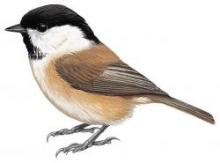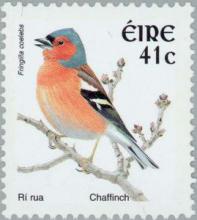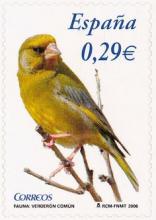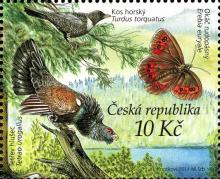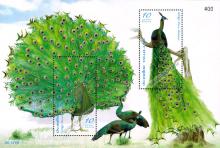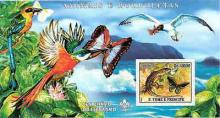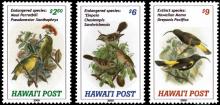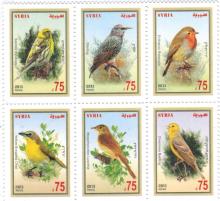De matkop verdwijnt als bosvogel
- Lees meer over De matkop verdwijnt als bosvogel
- Login om te reageren
Matkoppen Parus montanus broeden in vochtige bossen. Ze nestelen in verrot en zacht hout. In het voorjaar en vroege zomer bestaat het voedsel vooral uit insecten, insectenlarven, spinnen en andere kleine diertjes. Volgens SOVON daalde het aantal broedparen in de periode 1990-2007 significant. Op de zuidelijke zandgronden kreeg de Matkop rond 1995 een forse klap: toen verdween in een keer 40% van het broedbestand. Sindsdien vertoont de Matkop in deze gebieden een gestage achteruitgang.

